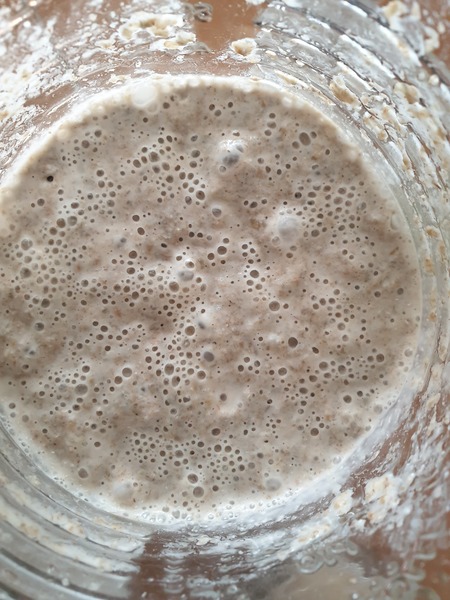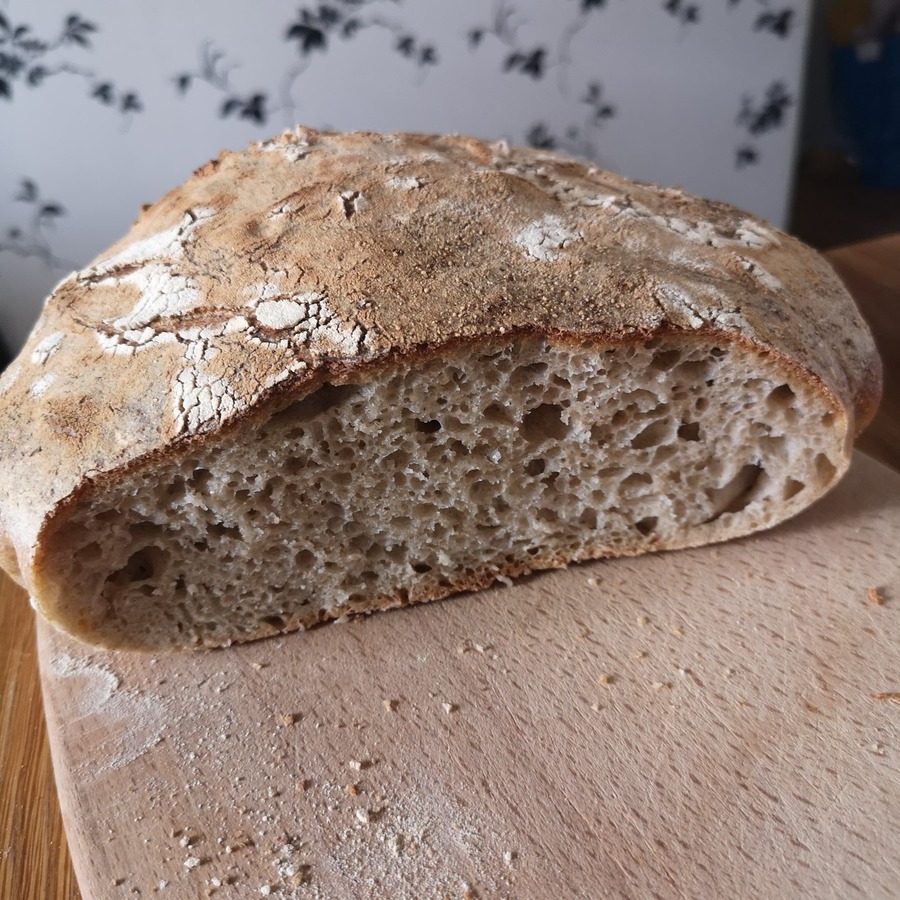Blog

Back to basics! Science @ kitchen
Tasty Experiment! Wild yeast fermentation in bread baking.
What is the most important ingredient for making a bread? YEAST! Yeast is living organism and it is type of fungus that is used in baking to help make dough rise but also in making alcoholic drinks (such as beer, wine, or mead). Did you know that there are up to 1500 yeast species out there and you can find those in the air, in fruits (i.e. grape, apples), berries; and even in our gut and on our skin?
Let’s back to baking story …
Hundreds of years ago, while before people started to use packaged yeast (used from 1860s), our grand grandmothers used fermentation to grow yeast for their daily supplies of bread. They didn’t know nothing about theory (biotechnology and fermentation) but learned from practice and it worked. They used to prepare, so called sourdough starter to keep a supply of yeast alive and handy. Imagine yeast pet! They kept a pot of live culture in a flour/water medium, and "fed" it daily or weekly so that the yeast remained alive and active.
Shall we do it?
Step 1. Making (and maintaining) yeast pet culture

Day 2. - Day5. Feed your yeasts daily with 60gr. of flour (any kind) and 1dl of water. Stir the mixture daily. Take care of it. Observe it. Take a notes, photos. Do you see the bubbles? What kind of smell is this?
Day 6. You have the mixture bursting of yeast(s). Bubbles are made by yeast and this is gas called carbon dioxide (CO2) which makes those beautiful holes in baked bread. It smells a bit acidic because yeast creates lactic acid and that will provide a very unique flavor to your bread!
You did it! You get your favorite pat and learn what fermentation is. Basically, yeasts are transforming carbs from grains (flour) and transforming those to CO2 and lactic acid. Brilliant!
Do not forger to feed your pet. Take a half of a jar for Step 2. And that other half feed with 1 tbsp. of flour and 1 tbsp. of water. Stir it! Put the jar in the fridge and you are going to have your fresh yeast culture, and be
Step 2. Bread baking
(important! ask parents to help you with hot oven part
Day 6.
Half of a yeast culture (Step 1.),
1.5 tbsp. of salt
250-300 ml warm water
500 gr flour (you can use different kinds or even ad some seeds). Be creative.
Mix all ingredients, cover with cloth and leave it overnight to continue fermentation.
Day. 7. Your dough is ready. Your parents will help you with an oven. Bake it for 30 minutes on 180 degrees.
Share with us your results #scimarkt

Photos by Maja Kefeček Basta
